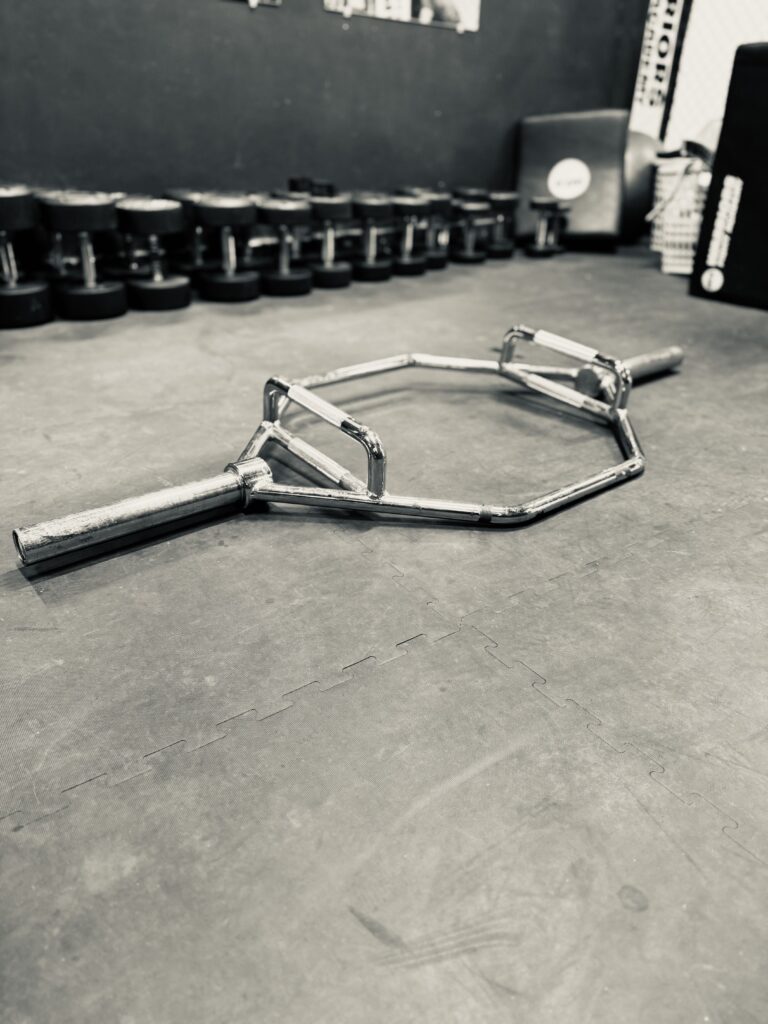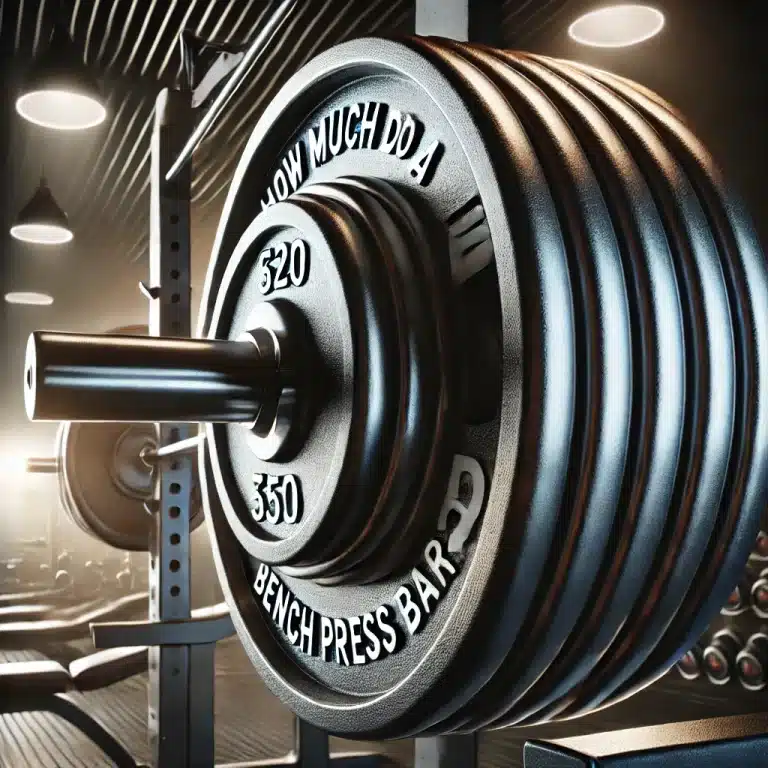How Long Should You Sit In A Sauna?
A sauna has a special kind of silence. It is not only quiet; it is thick, like the heat itself. The second you enter, the air hooks about you. Still, dry, and fierce. Your pulse rate rises, your skin pricks and beads of sweat start to show faster than you could have predicted. And at that instant, you could wonder—how long should I spend seated here? How long is sufficient to acquire all the advantages without overindulging?
The internet throws all kinds of figures. Five minutes seems plenty to some people. Some swear by thirty, maybe even more. You will find anything from new wellness experts claiming distinct “sweet spots” to old traditions.
This paper cuts through the clutter. We are delving deeply into the science of sauna sessions: what happens in your body, how long you should stay depending on your objectives and experience, and which misconceptions are better left in the steam?
Why Saunas Are More Than Just Heat Boxes?
Let us pause for a second back-off. Saunas have existed for millennia, not because humans were bored and yearned for sweating. They are anchored in healing and custom. Therapies ranging from the Native American sweat lodge to the Finnish sauna have made use of heat. For spiritual and emotional clarity as much as for physical purification.
According to modern studies, sauna sessions have great advantages—what those old civilizations already knew. Enhanced flow. Cleaning. Muscular recuperation. Relaxation mentally. even somewhat lowered blood pressure. But—and this is crucial—those advantages are directly related to your length of time indoors. Go too short and you might pass over the magic. You run the danger of burnout or dehydration if you stay too long.
What’s Happening Inside Your Body?
Entering a sauna could make you feel as though you are simply sitting still, yet your body is working somewhat differently. Your inner temperature starts rising in minutes. Your body runs into overdrive to handle the unexpected heat. Near the surface of your skin, blood vessels dilate to facilitate more easy heat escape. This vasodilation enhances circulation, therefore distributing more oxygen and nutrients throughout the body, and even helps to relax tension in aching muscles. Your heart rate rises at the same time, usually ranging from 100 to 150 beats per minute, to reflect the effects of moderate cardiovascular exercise. It’s like working your body without really lifting a finger.
Not too long after starts sweating. Not a little mist; this is a deep, consistent sweat that lasts your entire workout. In trying to control your internal temperature, your sweat glands force fluid to the surface of your skin. Additionally included with that fluid are electrolytes, trace poisons, and other waste items your body does not require. Though not very strong, this detox-like effect is nonetheless beneficial. Particularly when accompanied by appropriate hydration and diet, regular sauna use may assist promote your natural detox pathways.
On a cellular level, too, though, more is occurring. Heat exposure stimulates molecules known as heat shock proteins—molecules that repair damaged cells and shield your body from oxidative stress. Muscle healing, inflammatory regulation, and even immunological function depend on these proteins in great measure. Additionally setting off a biological process known as hormesis is the increase in core temperature. That’s a phrase you hear thrown about in biohacking circles—that essentially denotes a small amount of stress that strengthens your body. Sauna heat is a regulated kind of stress that aids in bodily resilience building, much as fasting or exercise.
Not less important is the psychological aspect of things. The quiet. the emphasis on breath. The way the heat envelops you slows down time. Few other settings can produce the meditative aspect of saunas, a kind of forced mindfulness. That decrease in sensory input—no screens, no chatter—paired with the physical intensity produces a condition whereby your nervous system has no option but to mellow out. Your cortisol levels drop. Your parasympathetic nervous system has an opportunity to activate. Many people so leave the sauna not only physically lighter but also mentally clearer.
Not only on how long you stay in the heat, but also on how your body reacts to it determines all these advantages. Thus, although time is important, the magic truly resides under surface level events.
So, How Long Should You Sit in a Sauna?

Here is where it becomes personal. No sauna timer fits everyone exactly. Your goals, degree of fitness, and even the kind of sauna you use will all affect it. Here is a decent place to start, though:
If you’re new to saunas, try not to project a heroic quality. Try five to ten minutes for each session. Though it sounds little, believe me—your body will sense it. Let yourself adjust to the heat; then, leave right away if you feel lightheaded or very tired. One plays a lengthy game with sauna use.
If you’re more experienced, the sweet range spans fifteen to twenty minutes. Here many of the health advantages start to show without taxing your system. Your pulse rate will rise, you will start to sweat, and your muscles will start to deeply relax. It’s also a fantastic window for post-workout healing.
If you’re seasoned and well-hydrated, some go 25 to 30 minutes, but that is not a mark of distinction. Longer isn’t always preferable. Before and after, be sure you are drinking water; avoid pushing your body to stay longer merely to “tough it out.” Consistency produces the best results; punishment is not what counts here.
What About the Type of Sauna?
Not all saunas are built the same, hence the type you enter will greatly affect the length of stay you should do inside. Most people know the classic Finnish sauna: high heat, dry air, and typically a pile of hot stones you may splash with water to produce steam. Usually running between 160 and 200°F (70 and 93°C), these saunas induce the heat to feel strong very rapidly. For these kinds, depending on your experience and tolerance, the typical advised session length falls between 10 to 20 minutes.
You then have infrared saunas, which are quite distinct animals. Unlike heating the air around you, these directly heat your body using infrared light. This makes the ambient temperature typically far lower—usually between 120 and 140°F (49 and 60°C)—which feels milder even though it gets deeper into your tissues. Many people discover they can stay in an infrared sauna for far longer stretches—30 to even 45 minutes—without feeling overburdened. Additionally, some claim that the smoother ride results from the heat building gradually aids with mental relaxation and even relief of chronic pain.
Additionally there are steam rooms—sometimes known as Turkish baths—that substitute wet heat for dry. Though technically not a sauna, the ideas are similar; your body responds differently due to the extreme humidity. Sweat could feel hotter than it is and might not dissipate as fast. Before taking a break, most people can only handle shorter sessions—10 to 15 minutes—in steam rooms.
Therefore, take into account the type of sauna you are using while selecting how long to stay; do not only pay attention to your body. Your ability to safely enjoy the experience without overdoing it depends on the temperature levels, air quality, and heat delivery as well as on In an infrared session, what feels fantastic could make your trip in a Finnish dry sauna. Recognize the differences, modify your behavior, and give your body time to adjust to everyone. The more familiar you are with the subtleties of various saunas, the more boldly you will be able to personalize your sessions and enjoy the advantages.
Know When It’s Time to Get Out
The truth is that what your body tells you counts more than the number shown on the clock. Don’t disregard signals that you’ve had enough even if you scheduled a 20-minute session. Get out if you start feeling lightheaded, queasy, or exhausted.
Your body is telling you it has run its course; pushing past that has no advantage. In severe circumstances, staying too long may cause electrolyte imbalance, dehydration, or perhaps heat stroke. Sauna use should help you feel better rather than worse.
Is More Time Better?
One could easily believe that greater sauna time corresponds to more advantages. And on the surface, that makes sense rather nicely. Twenty minutes will help you feel good; forty minutes must make you feel fantastic. However, things do not always go that way. Your body has a threshold; once you pass it, the scales tip from therapeutic to demanding. The stress of extended heat exposure can eventually begin to exceed the benefits.
While remaining longer will intensify your sweating and prolong cardiovascular activity, it also raises your risk of dehydration, vertigo, and possibly heat-related sickness. Mostly in the first 15 to 20 minutes, sauna bathing offers advantages for cardiovascular health, mental clarity, and muscle rehabilitation as well as other things. After that, you might just be pushing your body harder than it requires to be, without necessarily accumulating benefits.
Longer sessions can drain you more than they rejuvenate you, as well. Rather than coming out rejuvenated, you can walk out slow, foggy, perhaps slightly wobbly. And that can affect your next workout or even your daily general energy level. If you want to heal, feeling destroyed following a sauna kind of defeats the intent.
Frequency over time is more powerful. Three quick, consistent workouts a week—each lasting between fifteen and twenty minutes—will yield significantly more advantages than one protracted, draining sweat marathon. This is the same reasoning that drives training: steady, repeated effort beats sporadic extremes.
No, therefore, more time is not necessarily better. Better is better. And in the sauna, better usually means remaining just long enough to set off all the nice stuff without running across tiredness. Respect the heat, learn your limitations, and realize that in this situation the sweet spot is sweet for a purpose.
Sauna Myths That Need to Go
“If I stay in longer, I’ll detox more.” Eh, not exactly. Not sweat, your body detoxes mostly through your kidneys and liver. You clear certain toxins by sweating, but pushing yourself into dehydration slows down the process.
“I can lose fat by sweating it out.” I’m sorry; saunas burn not fat. Though you might momentarily reduce water weight, actual fat reduction results from movement and diet. Though they’re not calorie torches, saunas can help with recuperation and lower inflammation.
“More heat = more healing.” Just to a limited extent. Most societies curtail their sauna rounds for a good reason. It’s about knowing when to go out and cool off, not about living forever.
How to Get the Most Out of Your Sauna Time?
Show up salinated. Do not enter in dry. Before you start, sip one or two glasses of water; keep extra on hand for later.
Wear as little as necessary—or just a towel. Let your body breathe and sweat naturally.
To keep the bench free from moisture, sit on a towel.
Approach it gently. Try not to jump in and try to break a record your first week. Allow the practice to evolve with you.
If you so want, add contrast treatment. For further circulation and recuperation benefits, alternate hot and cold (as in a cold shower or plunge following a sauna session).
And at last, make it consistent. Like workouts, the magic comes with regularity.
Final Thoughts: The Sweet Spot Isn’t on a Timer
Ultimately, the sauna is a place to feel something rather than a venue for proving something. To sense your body starting to relax. To get your ideas slowing down. One deep breath at a time can help you to release the outside noise and return to yourself. It’s not about running after the clock or boasting your length of stay. It’s about providing your body exactly what it requires—no more and no less.
The best sauna experience is one that leaves you feeling physically rejuvenated, psychologically peaceful, maybe somewhat more connected to yourself, than you went in. Ten minutes or twenty-25 is not nearly as important as how you feel when you leave.
Thus, the next time you are seated there, fever increasing, heart hammering, and that small voice asking, “Should I stay in longer?”Stop, inhale, then pay close attention to your body. It will always indicate when you should leave.
The way a sauna session resets you for all that lies ahead determines the most effective aspect of the session—not the length of time you spend.






